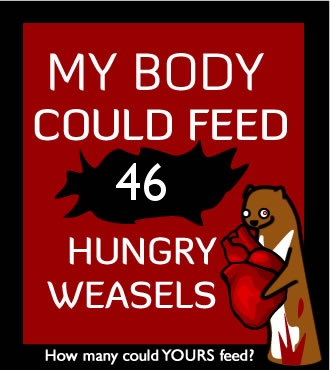Many of us volunteer, and we do it for many different reasons. Lots of us got started because we say a need, perhaps for our own children or family members, and decided to fill that need – and it grew from there. Nearly all of us would be resistant to admit that we also gain something from this seemingly selfless donation of our time and efforts. However, we most certainly do gain.
It is the very volunteering of the act that makes it so rewarding - by volunteering we learn how to help others, and in doing so help ourselves as well. Volunteering may also allow you to explore (new) career and personal interests, enrich your education, build your resume, gain marketable skills, and earn valuable recommendations. You will develop leadership skills and gain leadership opportunities. You will almost surely make a difference for an individual or in your larger community, which in an incredible ‘feel good’ opportunity. You just might even have fun and make new friends!
But, believe it or not, the act of giving your time or effort to others is actually shown, scientifically, to improve your overall health. Volunteering is often recommended by mental health professionals as an activity to increase your own personal self-esteem and to overcome shyness or loneliness. A recent report compiled by the Corporation for National and Community Service (sponsors of the AmeriCorps program) and the USA Freedom Corps shows that there are solid studies by social and medical scientists to support this, and more, claims (http://www.nationalservice.gov/about/volunteering/benefits.asp). The 30 scientifically-controlled studies included in the report collectively found that volunteering leads to improved mental and physical health. The volunteers that were tracked in these studies experienced higher functional ability, greater longevity, and lower rates of depression.
Volunteering is also thought to increase people’s perceptions of their quality of life, increase people’s satisfaction with their own life, increase people’s activity levels and physical and mental fitness, and helps people to feel that they ‘belong’. According to PBS (Public Broadcasting Service), that’s the secret of volunteering. People who become volunteers usually lead richer, happier, and more satisfying lives than those who don’t volunteer.
PBS has a wonderful website aimed at kids, called It’s My Life (http://pbskids.org/itsmylife/). We could learn a lot from those kids. My favorite quote is this one:
Michele, 12, says: “It teaches humbleness, something I could use. Also, it teaches you how many people need help around the world. You want to help more and more people. It gets kind of addicting.”
Smart kid! These children are tomorrow’s leaders, and we can help them out today with our skills, talent, and time. Every act, no matter how small, can help. So, help yourself, and help your community at the same time. Go Volunteer!





